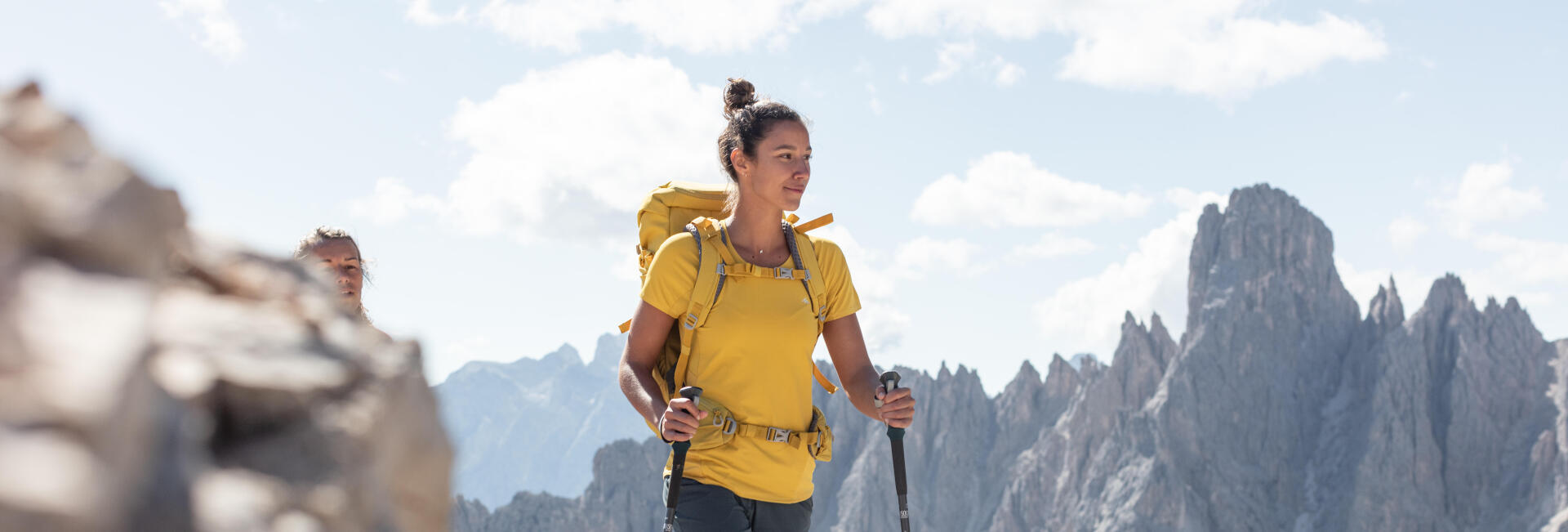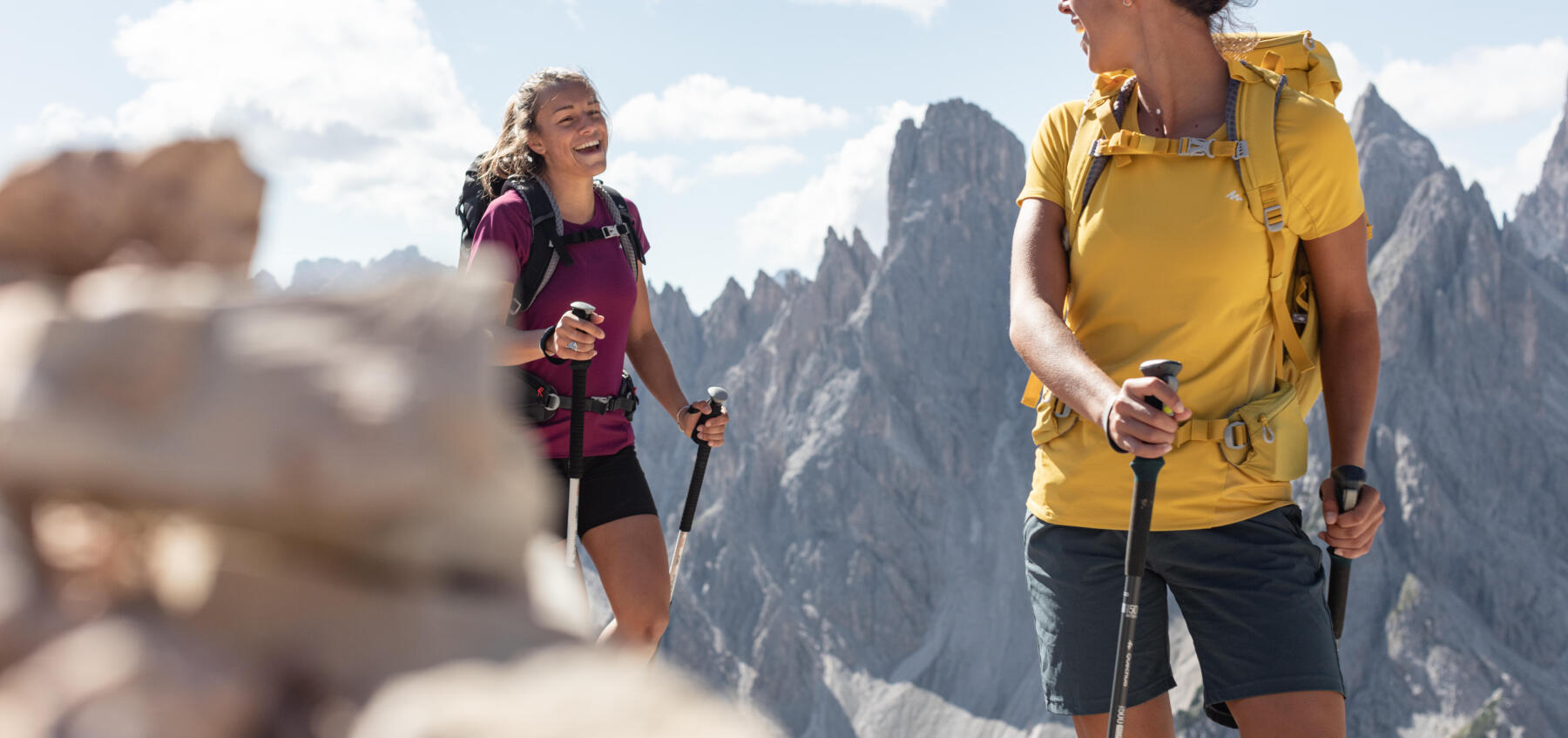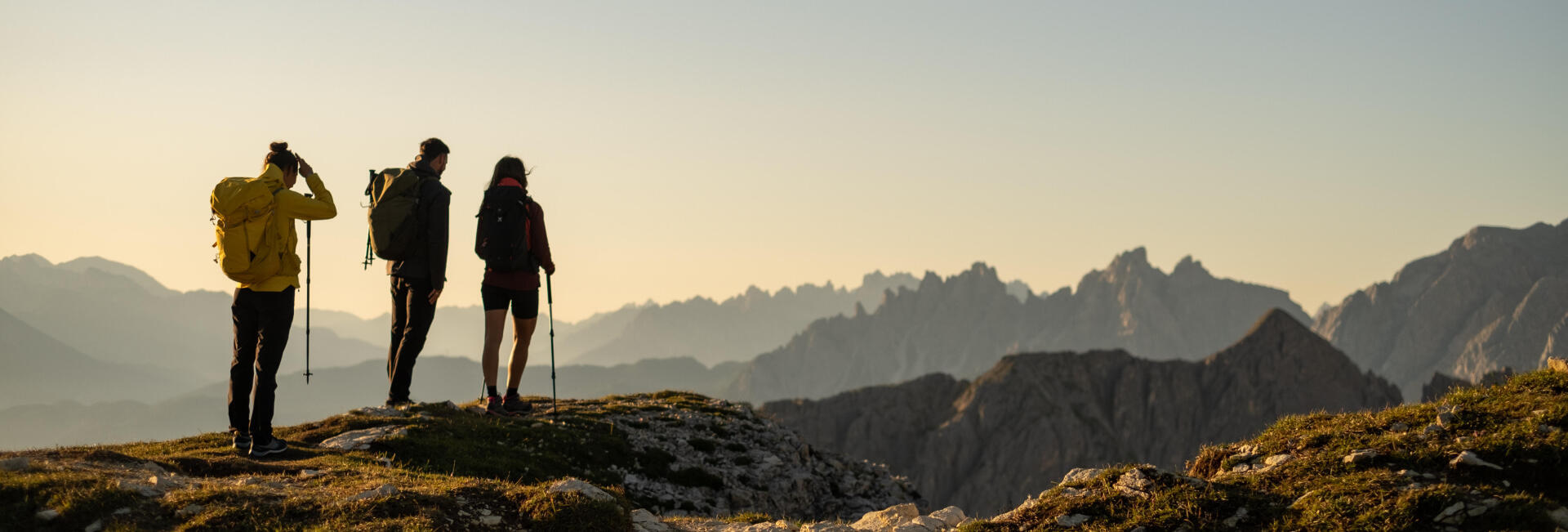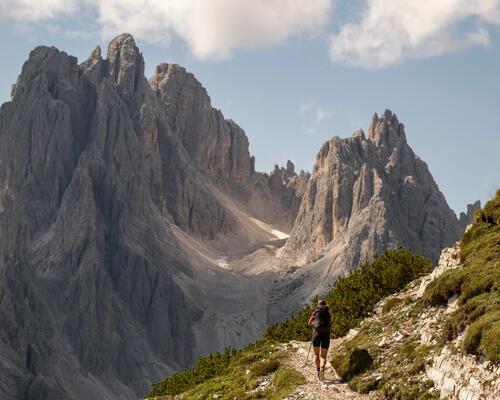The difference between vertigo and fear of heights
But first, what are we really talking about? Vertigo or fear of heights? The term vertigo is used in a general sense although it is a physiological phenomenon. Those who suffer from vertigo become ill due to the gap between the signals sent by their sight and their inner ear (which controls balance). To make it simple, if you stand up in an elevated glass cage your eyes will tell you that you're in a void whereas your feet will tell you that you are on firm ground.
If you suffer from vertigo, see an ENT specialist who can diagnose any damage to the inner ear.
Fear of heights, or acrophobia, however, is a real phobia. Like any phobia, it may irrational and rather difficult, but not impossible to treat. So here are our tips to help your hiking not to turn into a nightmare.







